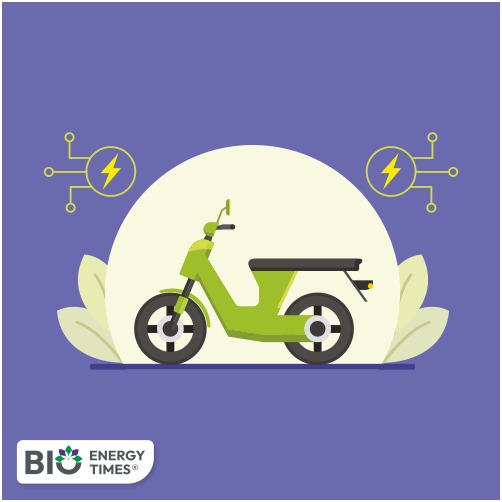Sulajja Firodia Motwani, Founder and CEO of Kinetic Green, has urged the Indian government to take swift action to address the growing challenges around rare-earth material supplies, an issue she believes could significantly impact the future of the electric vehicle (EV) industry, reported ANI.
Speaking at the launch event of Kinetic Green’s new electric Luxury Golf & Lifestyle Cart, developed in collaboration with Italy’s Tonino Lamborghini SpA, Motwani explained that while the industry is managing for now, the long-term outlook is concerning. “It’s not easy to change your product design and supply chain,” she said, warning that efforts to localise or shift technologies could take two to three years.
She added, “If this issue isn’t resolved soon, it will start affecting the industry. Right now, the EV sector is coping in the short term, but we need a government-to-government solution in the medium term.”
Drawing a parallel with the semiconductor shortages during the COVID-19 pandemic, Motwani pointed out that the government had stepped in effectively at that time, and she expressed hope for a similar intervention now.
In the interim, Kinetic Green is working on alternative technologies to minimise disruption. “We’re finding alternatives to keep the business running, but it’s not a perfect solution—and not all players in the sector may be able to do the same,” she noted. “So yes, China’s export restrictions on rare-earth materials will have an impact.”
Earlier this year, China introduced export controls on certain rare-earth-related items, exacerbating supply issues for industries globally, including in India. With China responsible for over 90% of the world’s magnet production capacity, its dominant position has raised serious concerns for sectors reliant on these materials—from automobiles and electronics to clean energy.
To address these vulnerabilities, the Indian government has announced multiple initiatives. It has allocated ₹1,345 crore to incentivise domestic production of rare earth magnets. In January 2025, the Union Cabinet approved the National Critical Mineral Mission (NCMM), backed by an expenditure of ₹16,300 crore and projected investments of ₹18,000 crore from public sector companies.
Additionally, Union Minister for Coal and Mines G. Kishan Reddy recently stated that the government is encouraging private firms to explore and extract critical minerals overseas to ensure a stable domestic supply.
Motwani also spoke about the broader EV transition, urging continued government support to ensure growth and scale. “We’re currently at around 7–8% EV adoption. Once we hit 25–30%, we’ll have the scale and supply chain depth we need. We’ve made a strong start, but there’s a long way to go,” she said.
She also highlighted resistance from traditional internal combustion engine (ICE) manufacturers, who, she said, have a vested interest in slowing EV adoption. “There’s a strong pushback from established ICE players trying to safeguard their existing investments. But the government’s continued focus—through initiatives like EMPS, the PM-eBus Sewa, lower GST, and Make-in-India—is encouraging and essential for progress,” she concluded.














